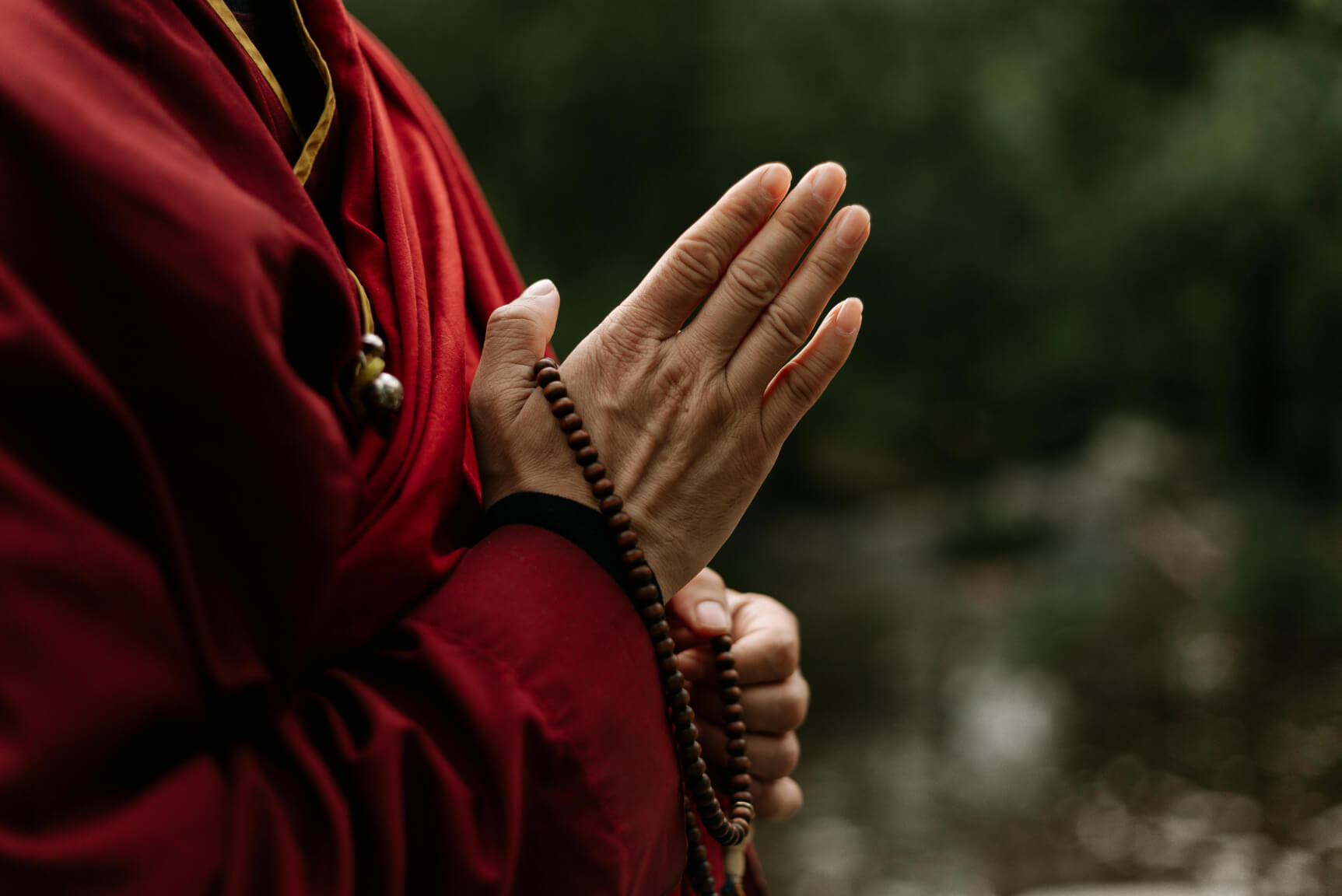
After The Buddha
Two centuries after the parinirvana of the Buddha, like Bodh Gaya, the vihara at Sarnath was patronised by Emperor Ashoka. He built viharas, a shrine, pillars and stupas and following his example many rich lay disciples also donated generously to the vihara which became one of the biggest in the kingdom. Sarnath became a famous centre of scholarship and it was even older that the university of Nalanda.
We get a description of Sarnath in the writings of the Chinese pilgrims Fa Hian and Hsuan Tsang who came here to study and collect sacred manuscripts. They describe the image of the Buddha in the main temple as being in the Dharma Chakra mudra or the teaching pose. Here he sits cross legged, his left hand on his lap and the right hand is raised in a posture of teaching. There is also an eight spoked wheel that is worshipped at the altar to symbolise the Eight Fold Path.
Hsuan Tsang mentions that 1500 monks lived at the Sarnath monastery and that the main shrine was built at the spot where the Buddha’s hut had stood where he used to stay and meditate during his time at Sarnath. This chaitya was called Mulagandha Kuti Vihara. With the patronage of kings, within a few centuries the Buddha’s simple thatched hut had been replaced by a majestic stone and brick temple.
Buddhism which was at one time one of the most popular faiths in India faced its greatest threat with the arrival of the Muslims. With the establishment of a sultanate at Delhi in the 12th century there began an organised campaign of terror against Hindu and Buddhist holy places. Temples and monasteries all across north India were looted and destroyed and both Benaras and Sarnath faced these invading armies. The city would recover but Sarnath did not. The surviving monks fled and never returned and the monasteries with their precious collection of manuscripts, paintings and sculptures were lost forever.
Like Bodh Gaya, Sarnath was forgotten till the 19th century when it was discovered by the British archaeologist Alexander Cunningham and by then it was in ruins. Many buildings were buried or in a state of disrepair. Cunningham carried out excavations and unearthed stupas, viharas, pillars and gateways. Many of Cunningham’s discoveries can be seen in the Sarnath museum. Among them is the sculpture of four lions that is the symbol of the Republic of India and the Ashoka chakra that is today placed in the centre of the Indian flag. The Buddha and his greatest disciple Emperor Ashoka who had both been forgotten in India were once again part of the history of India.
Find Your Perfect Read
Explore More
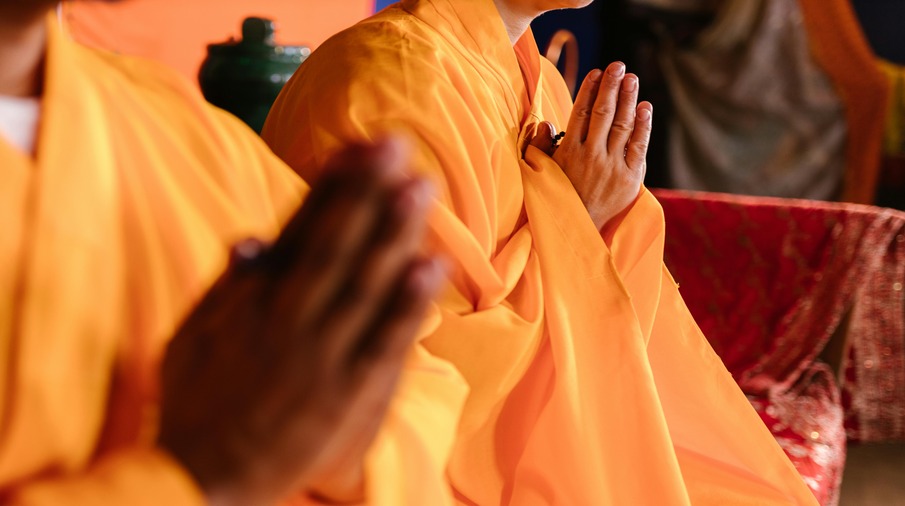
First Seromon – Dharma Chakra Pravartana
The Buddha’s first sermon is called Dharma Chakra Pravartana or the Turning of the Wheel of Law...
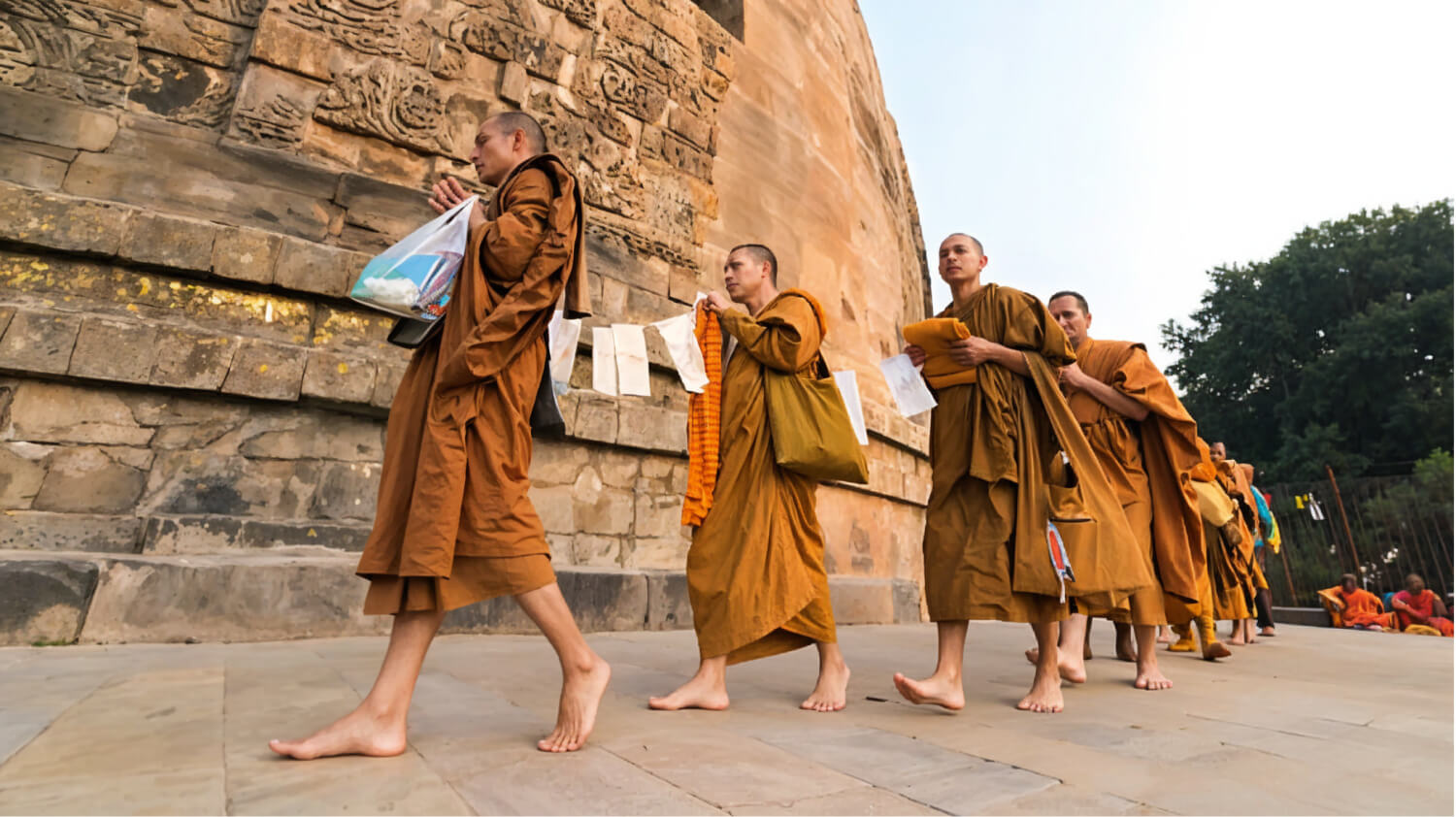
Spreading The Word
The Buddha’s journey as a teacher begins at Sarnath and then for the next four decades he would walk...
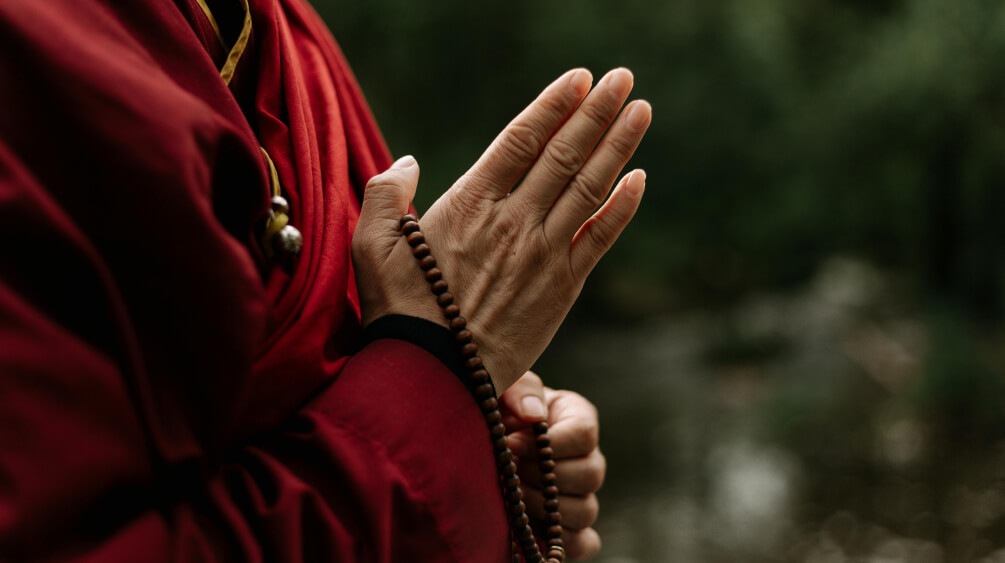
After The Buddha
Two centuries after the parinirvana of the Buddha, like Bodh Gaya, the vihara at Sarnath was patronised by Emperor Ashoka...
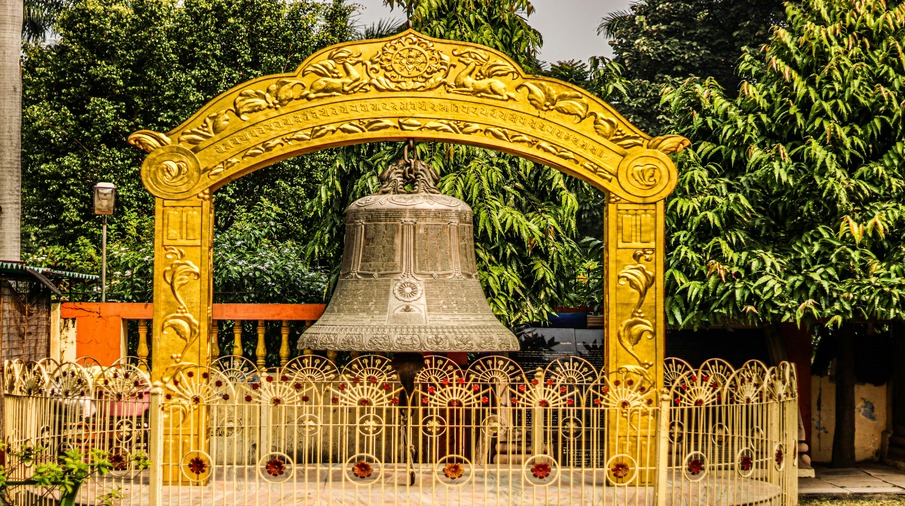
Mulagandha Kuti Vihara
Hsuan Tsang mentions a monastery at Sarnath called Mulagandha Kuti Vihara that marked the spot...
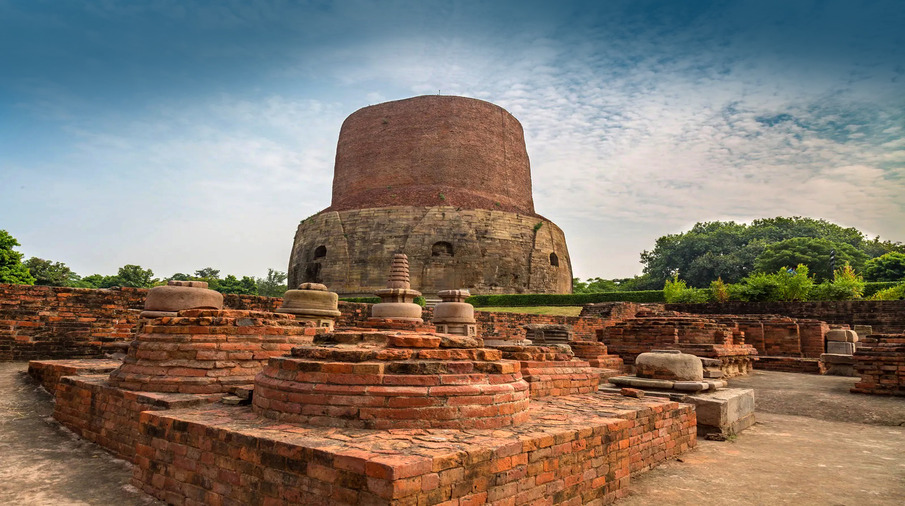
Dhamek Stupa
At one time there were many small stupas at Sarnath but today this is the only one that is standing. Made of...
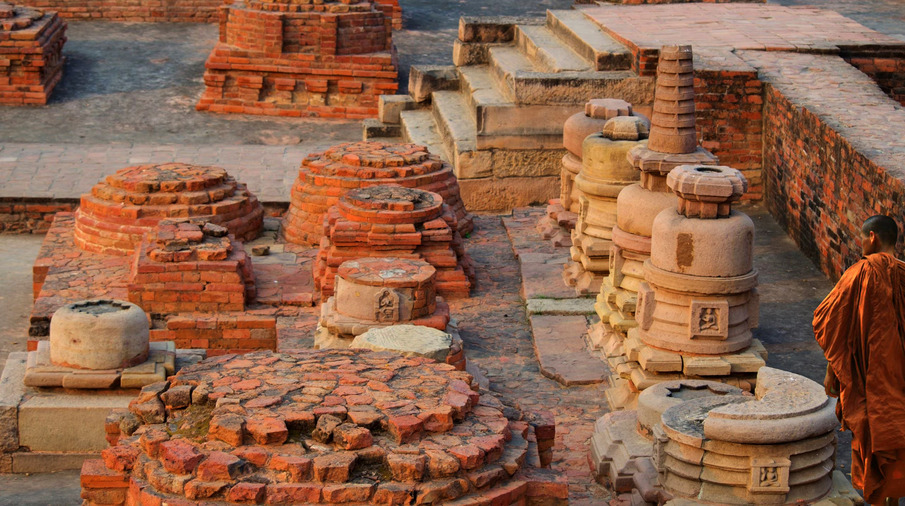
Dharmarajika Stupa
The ruins of this brick stupa stand to the north of the Dhamek Stupa. It was built by Ashoka over the relics of the Buddha...
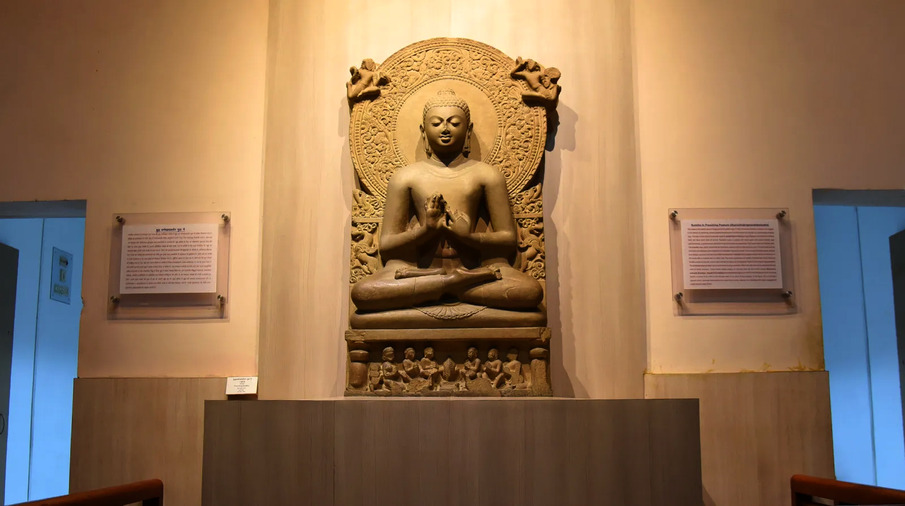
Sarnath Museum
Sarnath was a treasure trove for archaeologists who began to excavate and restore the stupas in the nineteenth century...
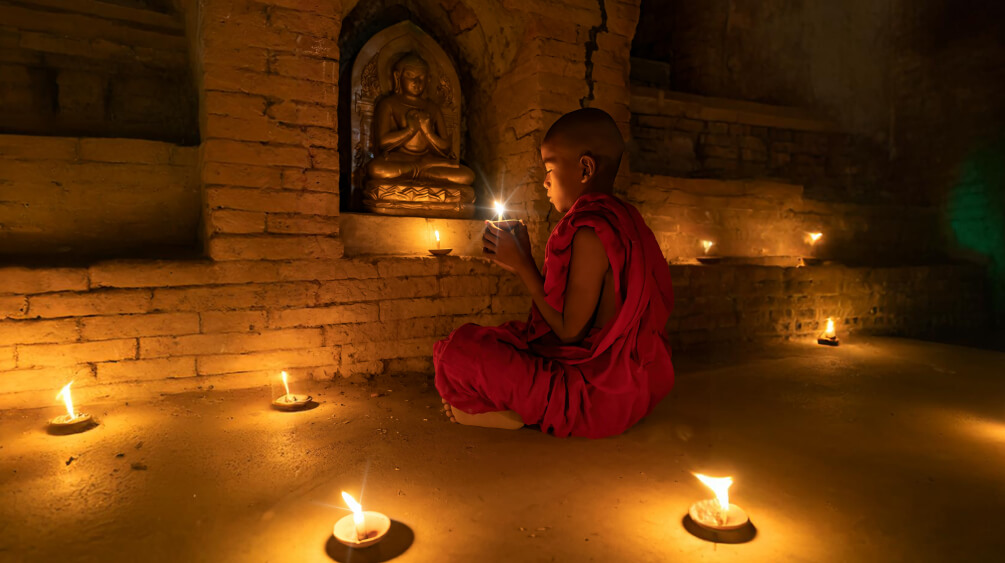
Festivals At Sarnath
As in all Buddhist pilgrim sites, Buddha Purnima is the most important festival of the year at Sarnath. This falls on the full moon...
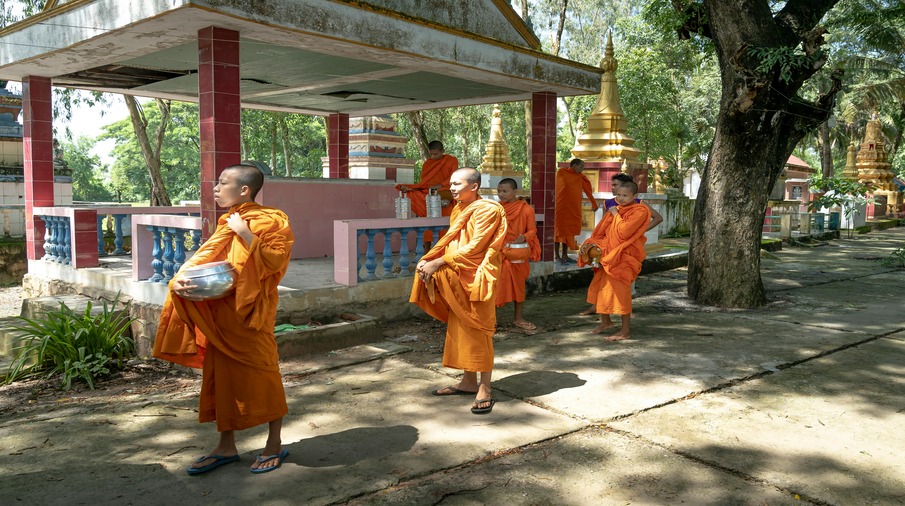
Traveling To Sarnath
As Sarnath is 10 km from Varanasi, all travel should be to the city first. There are buses, taxis and auto rickshaws...

